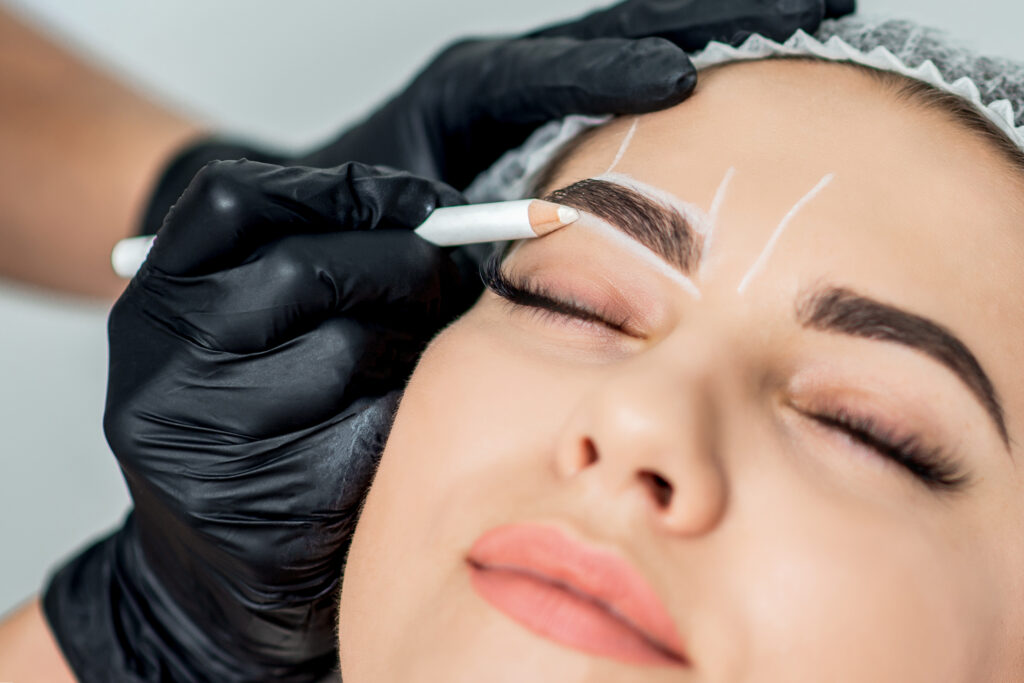
Tattoo Removal
The trend of tattoos has increased over the past few years, both for cultural as well as recreational purpose. However, with the ever fast changing times, the demand for tattoo removal has also increased. Over the past few decades, lasers have become the gold standard for tattoo removal. Lasers work on the principle of selective photothermolysis.
About the procedure
For tattoo removal, traditionally a Q switched Nd: YAG laser is used which provide high energy with short pulses that is required to adequately destroy the tattoo pigment. It is done as an office procedure, with/ without topical anaesthesia. Protective eye gears will be worn by both the client as well as the physician during the procedure. Multiple sessions placed at least 1 month apart are required to completely remove a tattoo. This depends on various factors- old and amateur tattoos, containing fewer ink particles and which are more superficially placed are easier to remove and require lesser number of sessions.
Recovery & healing
Post procedure strict sun protection and use of emollients are advised. Slight post procedure tenderness may be present while treating larger & deeper tattoos which is treated with icing the area for a few minutes.
Risks
- Pinpoint bleeding which typically heals without any treatment.
- Vesiculation and crusting- which occurs when higher pulses are used, can be managed with topical anti-bacterial creams.
- Worsening of pre-existing dermatoses like eczema, psoriasis and herpes- hence avoided in such individuals.
- Hypo/hyperpigmentation of the treated area- which can be avoided by careful patient selection and choosing the right fluence.
- Incomplete removal of the tattoo pigment/ dispersal of pigment




